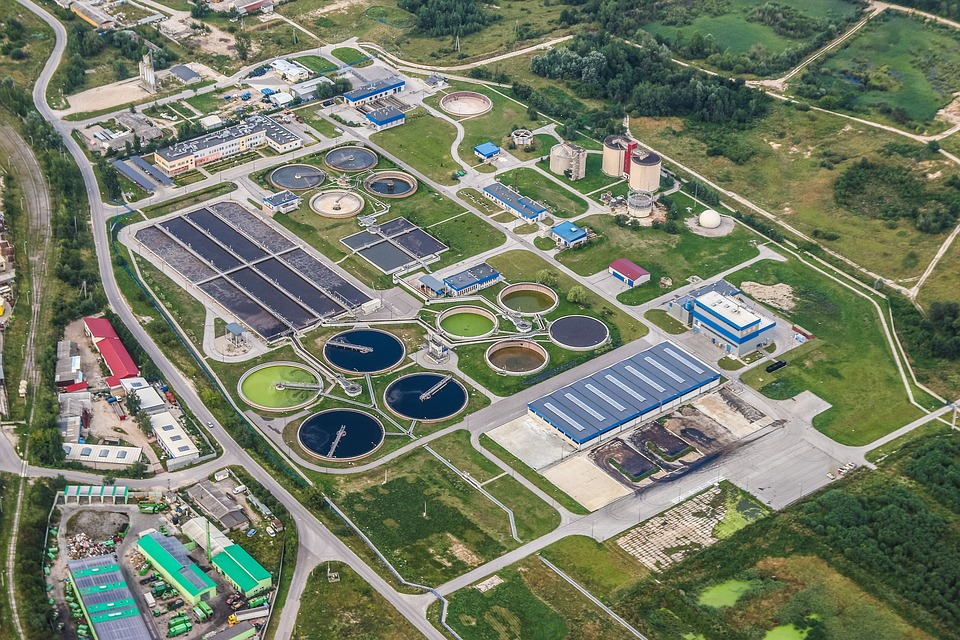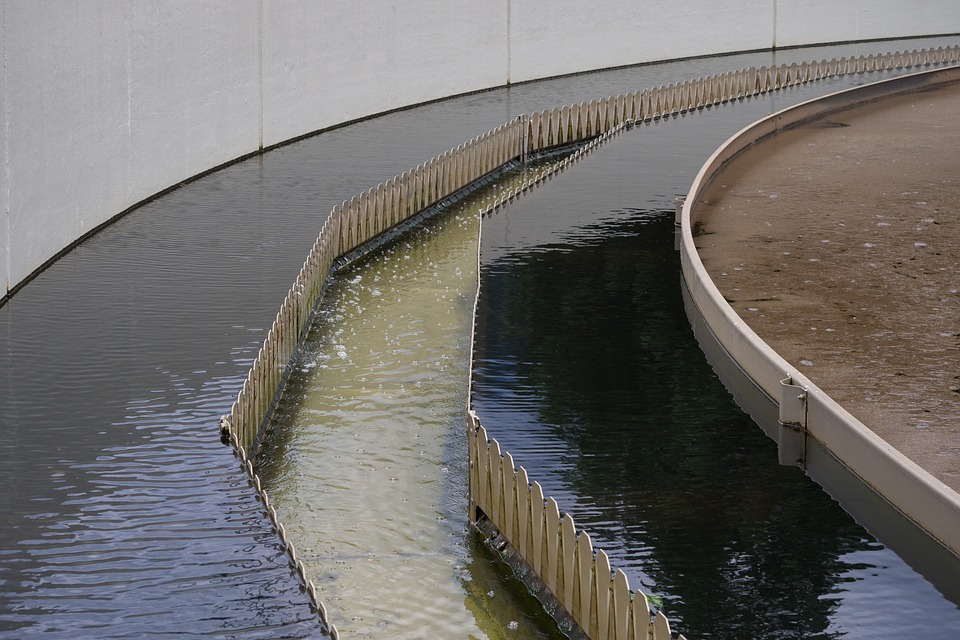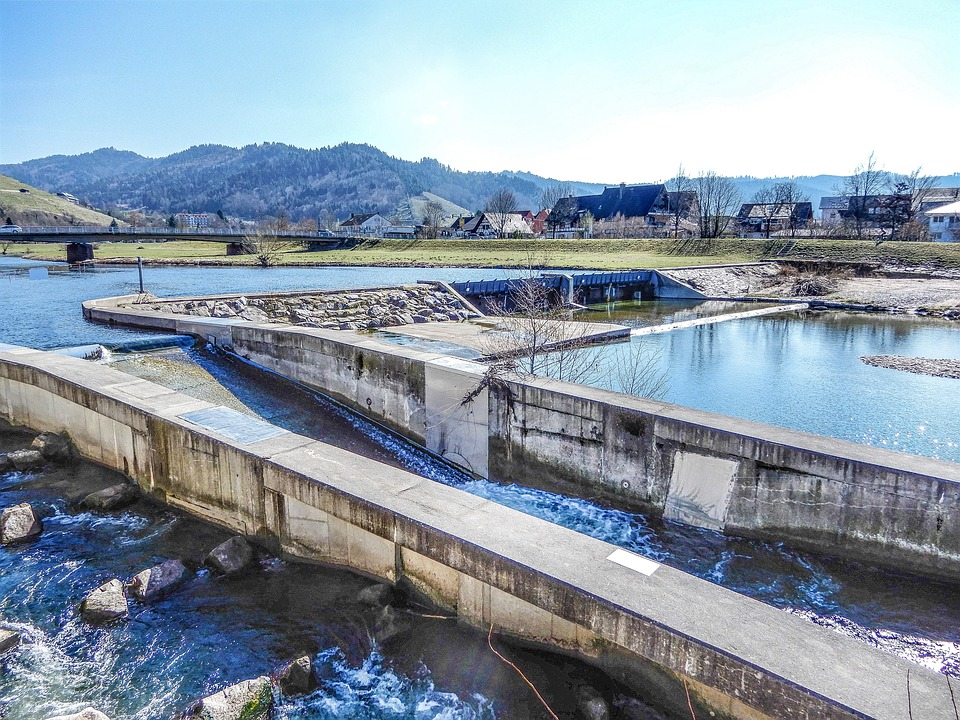
No matter where we are in the world, water is always our constant companion. Directly linked to the generation of energy, preservation of life, and economic growth. No wonder it is truly a fundamental natural resource.
With the world’s increasing population and the rise of droughts and flood in specific countries, the utmost need for clean water will inevitably expand. That being said, this huge change will not only affect the industry of water production but will also have a great impact on wastewater treatment facilities.
Water treatment is definitely one of those that will be in the spotlight of global discussion in future years. The entire scenario seems to have a significant impact on current water treatment procedures and its related valving process.
Let’s dig a bit deeper and know how wastewater treatment affects the valve industry.
Increase Global Water Demand
Two of the major factors that affect the water industry are population increase and urbanization. Because of consistent growth in population, by 2030, the United Nations anticipates an increase of water demand worldwide by 50%. Also, people living in urban areas has reached 70% of the world’s population. This leads to a massive increase in water demand globally.
In the years to come, huge countries like India and China will face tremendous challenges when it comes to the management of water, why? They have limited sources of water, rapid growth in population, and intense development in various industries. Since water is a limited resource, it is of utmost importance that wastewater is recycled.
By doing this, wastewater treatment will be one of the fastest growing industries, hence the high demand for valve manufacturers. Just like the rise of XHVAL in China — one of the best valve manufacturers in the country.
The Innovation of Different Infrastructure
The increasing demand for water treatment all over the world will surely bring innovation and development of current technologies and infrastructures. This is to keep up with the industry demands. Different processes, such as ultrafiltration, water microfiltration, and desalination, including essential sub-equipment like valves, piping system, and pumps will be updated for the development of modern solutions to serve the industry.
The demand for handling larger water capacity increases as the industry develops. This will then lead to upgrading power plants, valves, and pipeline sizes. Larger valves are recommended for larger plant areas. Do you know what’s even more amazing? Larger valves with sizes reach up to 64 inches are now available to the public. This surely gives valve manufacturers a good profit rise as well as more public visibility.

Helps Process Wastewater Treatment
Treating water will never be a simple science. The entire procedure of making industrial wastewater and sewage into clean water suitable for drinking needs the contaminated water to go through different controlled stages and processes. There will be multiple valve types used to various parts of the control process, divert, and direct flow.
In order to manage large water volumes, experts will place a rubber-sealed resilient gate valve. Other procedures have bar screens, classifiers, grit chambers, treatment stations, and so on. In the procedures, different valve types are used, such as butterfly valves, ball valves, check valves, control valves, lined and sleeved plug valves, etc.
Solutions are Reliable
Rubber-sealed valves need less maintenance, which adds the life cycle of valves. Also, rubber-sealed gate valves have one common issue in industrial wastewater treatment procedures — leakage. This is mainly because of sediment build-up and liner being washed off in most cases.
When it comes to gate valves, these valve types are not fully packed with the right sealing ring. This is achieved through disc liner situated against the body of the valves. With this, the valve body design becomes smooth and self-flushing which helps remove sediment build up, thus preventing possible costly maintenance while in complete shut-off process.
The upgraded versions of rubber-seated gate valves eliminate the issue of sediments being trapped under the liner which can cause potential path leak. The upgraded gate valves with improved body liner remove leak issue and compress sediments. The unique liner design guarantees reliable sealing during the wastewater treatment process.

Conclusion
The increasing demand for water industries to acquire larger sized valves is pretty much apparent. They aim to process bulk and larger water volumes. Therefore, in order to meet the industry’s demands, the valve manufacturing companies must acknowledge the demand. And, the best way for them to answer the public’s needs is by expansion. Expansion in a sense of including larger scale valve products, and introduction of the design features that will help remove or decrease water waste.
